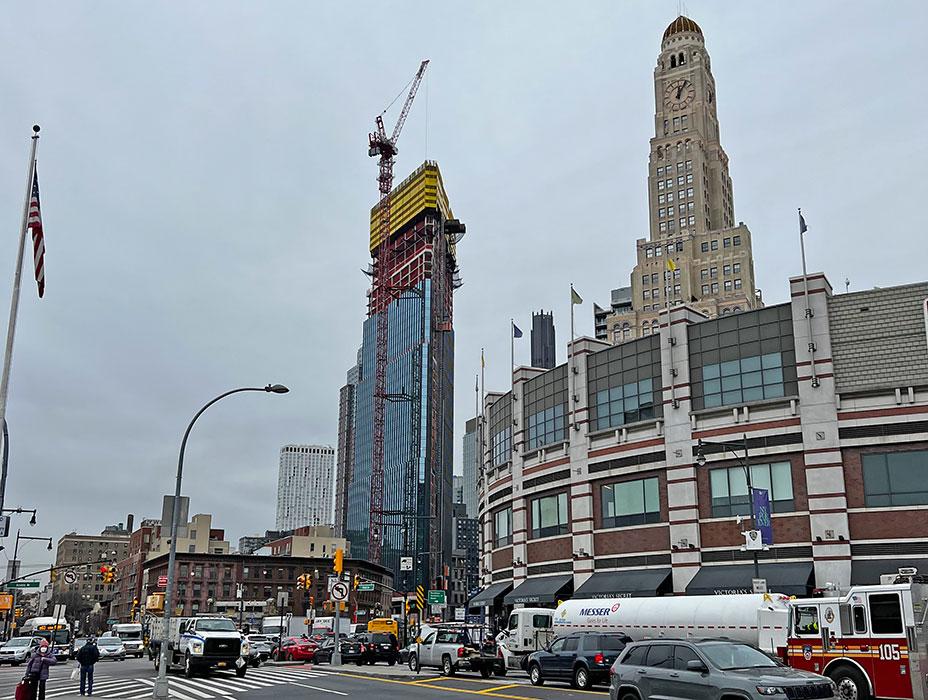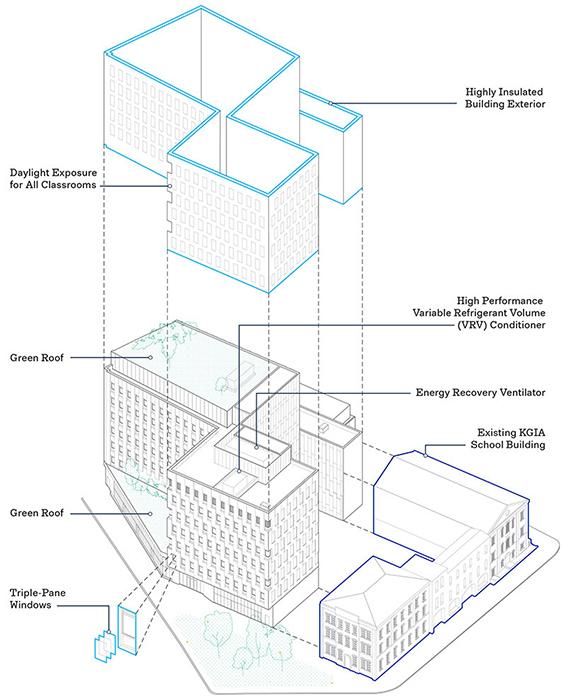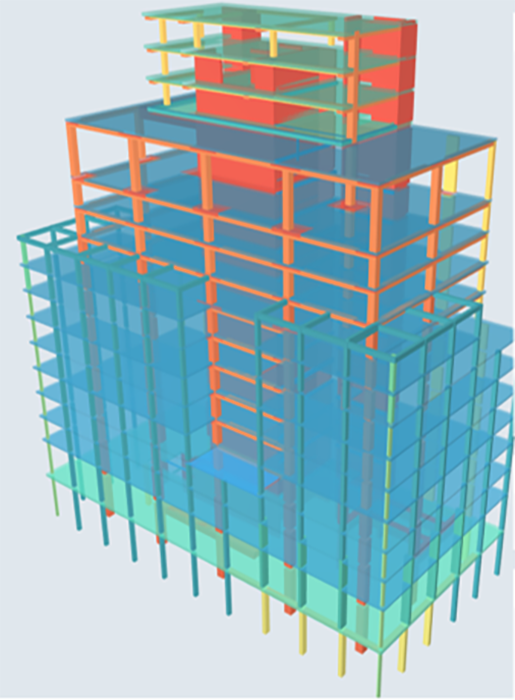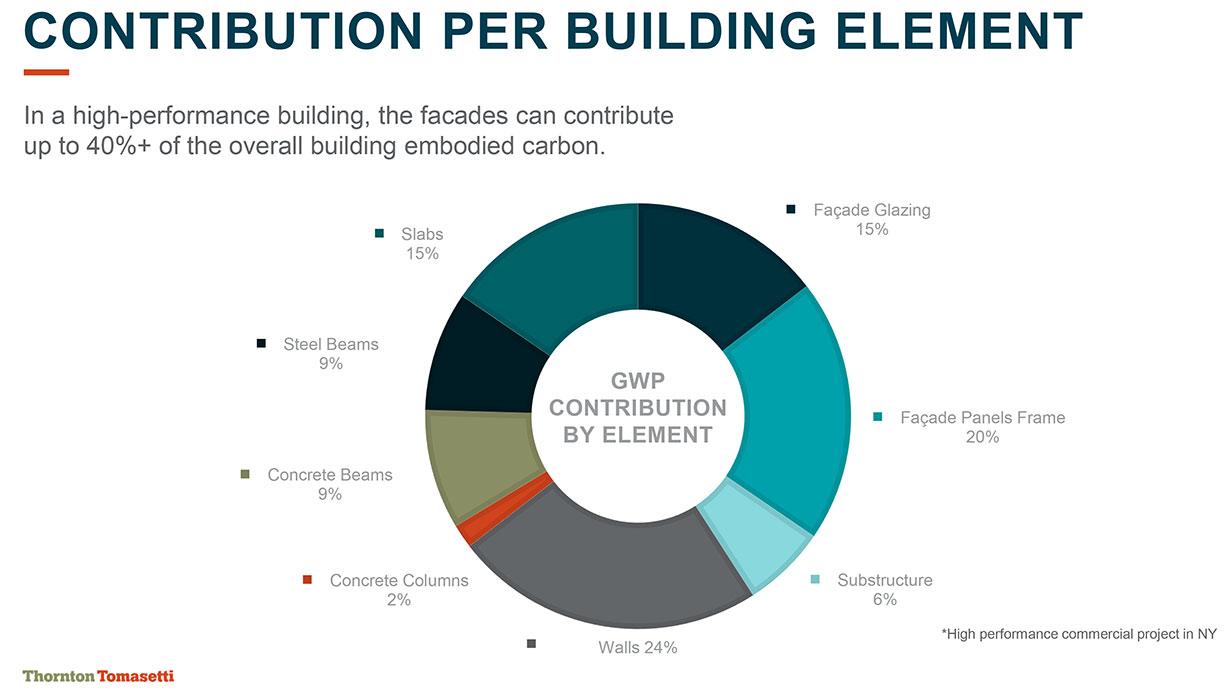News | Thought Leadership
Climate Action: Operational and Embodied Carbon


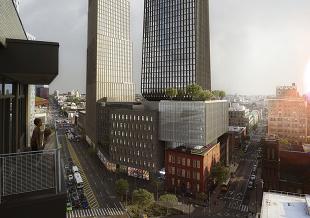 Courtesy Alloy Development
Courtesy Alloy Development
This week in our continuing series showcasing how engineers and scientists can play a key role in addressing the short- and long-term challenges of climate change, we look at carbon emissions in the built environment, which are one of the biggest contributors to CO2 globally. A holistic approach is needed that considers both operational and embodied carbon throughout a building’s lifespan. Read more on how passive design principles, electrification and energy modeling are vital to the road ahead.
Because the built environment contributes up to 40 percent of equivalent CO2 greenhouse gas emissions, engineers have a responsibility to be part of the solution to this problem by designing high-performance buildings.
Decarbonization of the built environment requires a holistic look at the impact of buildings and other structures – a whole-life carbon approach. Whole-life carbon refers to the combination of operational and embodied carbon during a project’s entire lifespan. It also targets high-performance envelopes, fully electric buildings, carbon sequestration and future proofing relative to retrofits, future energy supply and operating under net-zero grid conditions.
When it comes to high-performance façades and overall energy modeling, owners, engineers and designers must drive the use of innovative systems that harness energy and use it as sustainably as possible. We should adapt centuries-old buildings and bridges responsibly, and our structures and systems should be designed with their full life cycle in mind, centered on operational and embodied carbon.
Applying life-cycle assessment expertise helps to balance embodied carbon against operational carbon without compromising architectural intent. It's essential to help clients recognize the clear links between the building materials we use, how buildings impact the environment and how that compares with material durability. Multidisciplinary expertise and advanced tools can inform data-driven strategies to help create high-performance buildings.
Operational Carbon
There are many uses of energy in a building, from the gas we burn to cook our meals to the electricity we use to power our computers. Generating all this energy emits carbon. This carbon is known as “operational carbon,” because it is the result of the day-to-day operations of a building.
Engineers and architects should aim to approach every project with the goal to eliminate fossil fuels – electrification and carbon capture, utilization and storage is the direction. This transition requires a focus on “passive first” architecture linked with a radical shift in how we engineer our heating and cooling systems. There is a need to reduce energy consumption because there is no scenario where the electric grid can satisfy all our energy use, and also because clean electricity is not necessarily free electricity!
Thornton Tomasetti has been at the forefront of reducing energy use and carbon emissions in buildings from all perspectives. We have helped the cities of Boston and Somerville in Massachusetts to write the standards that new buildings need to comply with to ensure they incorporate carbon reduction strategies. Meanwhile, in New York, we were part of the team that designed 100 Flatbush, the first all-electric residential tower in Brooklyn that topped out earlier this year.
Passive first emphasizes the fundamental principles of high-performance building design, prioritizing key elements such as optimized insulation levels, insulated windows with low emissivity coatings, reduced uncontrolled outdoor air infiltration and heat recovery. Using energy models, engineers can evaluate these essential aspects in buildings and compare the effectiveness of different energy and carbon reduction strategies. These energy models are a powerful tool to reduce operational carbon in buildings and can help identify areas where energy is being wasted and where opportunities to improve efficiency lie.
Developing a streamlined workflow is key to building highly complex geometries and HVAC systems using state-of-the-art tools to optimize design and comply with regulatory bodies and incentive programs. By monitoring building systems and energy usage in real-time and comparing them with energy modeling results, one can quickly identify inefficiencies and take corrective action. Another benefit of energy modeling is its ability to provide predictive insights. By analyzing historical data and building performance trends, energy analysis can predict future energy usage and identify opportunities to improve energy efficiency.
Embodied Carbon
Structural engineers must be adept at system selection and optimization, material choice and efficiency, as well as performance-based procurement strategies, data tracking and evaluation through construction. Embodied carbon is essentially the carbon footprint of construction materials.
As a founding signatory to the SE 2050 Commitment, as well as a long-time sponsor and partner to the Carbon Leadership Forum, Thornton Tomasetti has implemented an Embodied Carbon Action Plan to drive our efforts in four areas: education, reporting, reduction and advocacy and our Revit plug-in, Beacon, is revolutionizing the way engineers track and manage embodied carbon in structural projects.
Reducing embodied carbon in the built environment is a critical piece of mitigating climate change. We have seen increased activity in the market asking for our expertise, from datacenters to medical facilities, from higher education institutions to developer-led residential projects, federal projects and everything in between. A few fun facts:
- 50-70% of embodied carbon in a building is in a typical structure.
- Lightweight concrete has double the carbon footprint of normal weight concrete.
- The carbon footprint of structural steel varies by shape, producer and their specific facility.
- The embodied carbon for a typical building structure can be lowered by as much as 60% using timber construction in lieu of steel and concrete.
Whole Life Carbon in Facades and Beyond
We shouldn't stop at reducing the embodied carbon in our structures; we should also work to reduce it in our facades, building services and infrastructure projects. Façade whole life carbon is about balance and trade-offs. The most efficient façade in terms of thermal performance is often the one with the highest volume of materials that can reduce unwanted heat gain/loss, such as thicker insulation and a greater number of glazing layers. However, this can lead to increases in embodied carbon to get the materials on site and built. Similarly, by reducing material volume to reduce embodied carbon, there is often a reduction in thermal performance and an increase in operational carbon. Therefore, there is a balance to be found in façade design by optimizing for the lowest total carbon emitted, i.e. operational and embodied.
It is also important to consider the replacement and maintenance cycles of facades over the whole expected life span of the building to ensure the lowest whole life carbon quantity is selected. And, at the same time, it's important to keep a nod toward the circular economy, designing with principles of adaption, dismountability and re-purposing.
Don’t just think of whole life carbon at the micro-scale: Masterplan work is an opportunity to implement both operational and embodied carbon reduction strategies at both the site and the building level. Understanding how a city zone or a new campus can plot a path to true net-zero is an essential part of decarbonization strategy work. And understanding how these sites may need to adapt to future climate change and be resilient is another metric that should be factored into designs. For instance, when future-proofing a building to be flood resilient, we may increase the embodied carbon of the development; however, this gives additional durability and extends the service life of these elements, ultimately saving on carbon.
Whole life carbon is ultimately about balance and making the right choices today that will not impact us too negatively in the future. We must increase the longevity of our buildings so that we move away from this cycle of build/demolish that has haunted the industry for the last 50 years. The best way to do that is to ensure a building is loved and functions well, which becomes one of our most important metrics in our whole life carbon approach.
Climate change is one of the biggest challenges facing our society. And because it affects everyone, it demands our creativity, passion and collaboration to build a better, more enduring world. See how Thornton Tomasetti is one of the only firms with the expertise to help you think holistically about a range of steps to address climate change.

